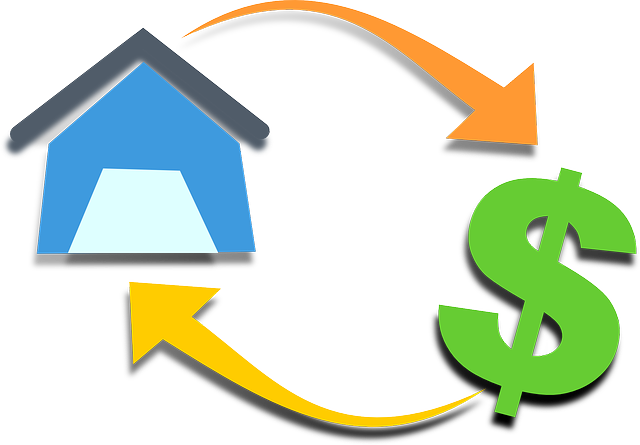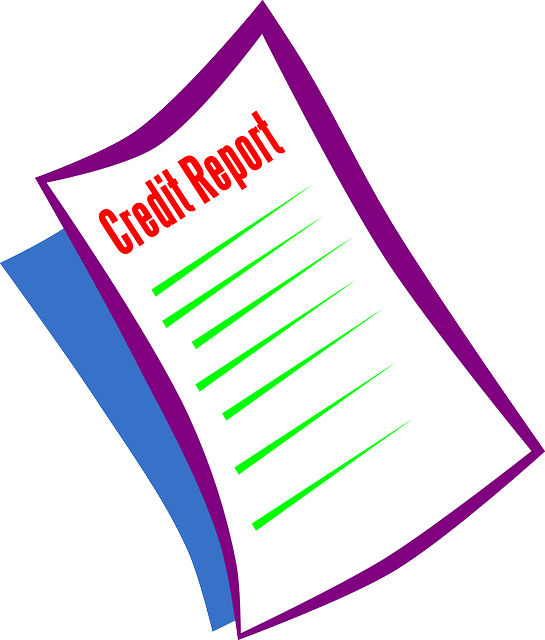Buying a home when you have less-than-perfect or poor credit may seem impossible. But take heart – with some practical tips and alternative options, you can still make homeownership a reality. This guide breaks the process into manageable steps using straightforward language.
First, we’ll demystify credit scores – what they mean and how they work. Next, we’ll explore creative financing programs and down payment assistance targeted to borrowers outside the credit mainstream. Many helpful resources exist, but aren’t well known.
Our mission is to shine a light on the path to homeownership for everyone, regardless of credit standing. Follow these signposts carefully and discreetly. With the right information and a few unconventional strategies, the dream of owning your own home can become a practical goal within reach.

Understanding Your Credit Score
Your credit score is a three-digit number ranging from 300-850 that lenders use to evaluate your creditworthiness and likelihood to repay debts. Factors like payment history, amounts owed, credit age and new credit inquiries determine this score. In home buying, your credit score directly impacts the mortgage terms and interest rates available to you.
Borrowers with scores above 760 qualify for prime loans at the best rates. As scores decline, you get placed in subprime loan categories with higher rates and stricter criteria. Minimum scores to qualify range from 500-640, but the higher your score, the more affordable your mortgage options will be over time. Knowing your score and improving it if needed should be a priority before applying for a home loan.
How Poor Credit Scores Affect Mortgage Options and Interest Rates?
Your credit score directly correlates to the mortgage rates and loan programs available to you. Prime borrowers with scores of 760+ qualify for low interest rates best suited to their financial profiles. As your score declines below 760, you fall into subprime territory where rates and fees begin rising. For scores between 620-679, expect to pay 0.5-3% higher for a 30-year fixed mortgage.
Below 620, rates jump over 4% with most lenders. Those with scores under 580 will struggle to get financing at all beyond government assistance mortgages like FHA and VA loans. These programs offer fixed rates to riskier borrowers, but require high down payments and closing costs. Improving your score even a few dozen points before applying can unlock better rates and programs to make financing affordable.
Building and Improving Your Credit
If you currently have no credit or a limited credit history, there are steps you can take to actively build your score. Applying for an entry-level credit card or loan and making on-time payments shows lenders your ability to responsibly manage debt. Keep credit card balances low and credit inquiries limited. Enrolling in credit builder loans allows you to make fixed payments as your credit grows over 12-24 months.
Checking your credit reports routinely lets you correct errors quickly before they lower your scores. If rebuilding damaged credit, reducing high card balances and bringing any delinquent accounts current also helps. With diligence and healthy credit habits over 1-2 years, significant score improvement into home buying ranges is achievable.
Utilizing Credit Repair Services
Credit repair services specialize in identifying and disputing inaccurate, unverifiable or outdated information on your credit reports that may be unjustly lowering your scores. By law, disputed items must be validated within 30 days or removed. Effective services send customized dispute letters on your behalf to all three credit bureaus flagging items not following credit reporting standards. Over several dispute cycles, they aim to remove as many unfair dings as possible to legitimately boost your scores.
The best services also provide credit education and customized game plans with reasonable expectations so you understand what’s involved. Beware unrealistic promises of removing all negative marks or overnight score spikes which may indicate scams. Legitimate disputing of inaccurate items is allowed to improve your profile, but there are no true credit ‘quick fixes’. Choose reputable companies and expect gradual progress over 3-6 months. Most services offer monthly subscriptions on a pay-as-you-go basis.

Exploring Mortgage Options for Poor Credit
A. Overview of mortgage options for individuals with poor credit
Those with poor credit scores below 620 have more limited financing options, but viable alternatives exist beyond conventional mortgages. Government-assisted FHA and VA loans offer fixed rates without perfect credit, if you meet debt-to-income and down payment requirements. Subprime lending also funds riskier borrowers, though with higher rates and costs. Understanding the tradeoffs helps you pick your best route to ownership.
B. FHA loans, VA loans, and other government-backed programs
FHA allows down payments from 3.5% and minimum scores of 580. VA has no down payment requirements for qualifying veterans and allows scores as low 500. USDA and other down payment assistance programs also help in rural areas. These government options offer affordable fixed rates for those unable to quality for prime mortgages.
Also read>>> QuickPayPortal
C. Subprime and alternative lending options
Subprime lenders specialize in financing borrowers with credit challenges who still demonstrate ability to repay. Expect rates 2-5% higher than prime mortgages. Alternative instruments like adjustable-rate, interest-only or seller financing may show more flexibility on credit and income. Compare terms across multiple subprime and alt lenders to find your best option.